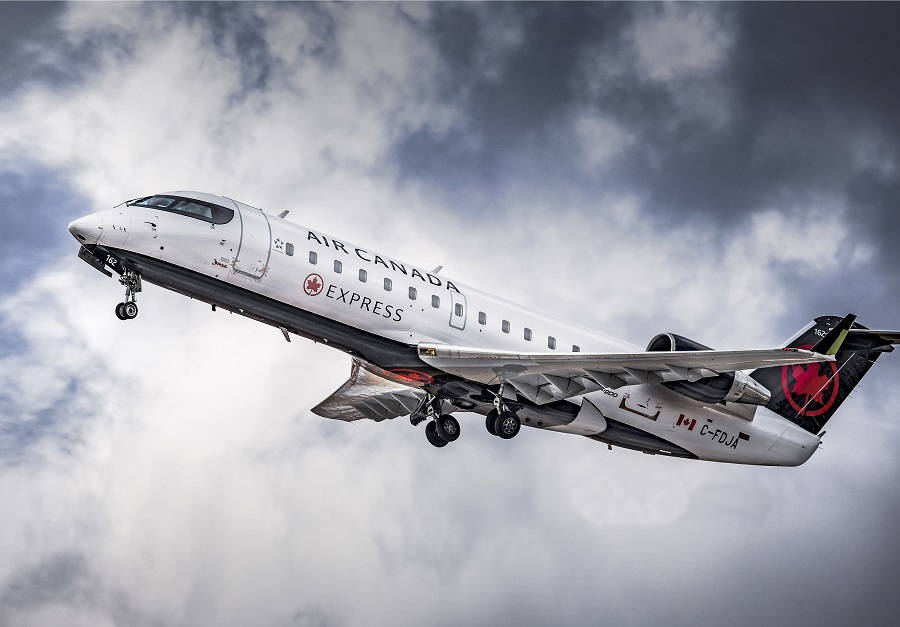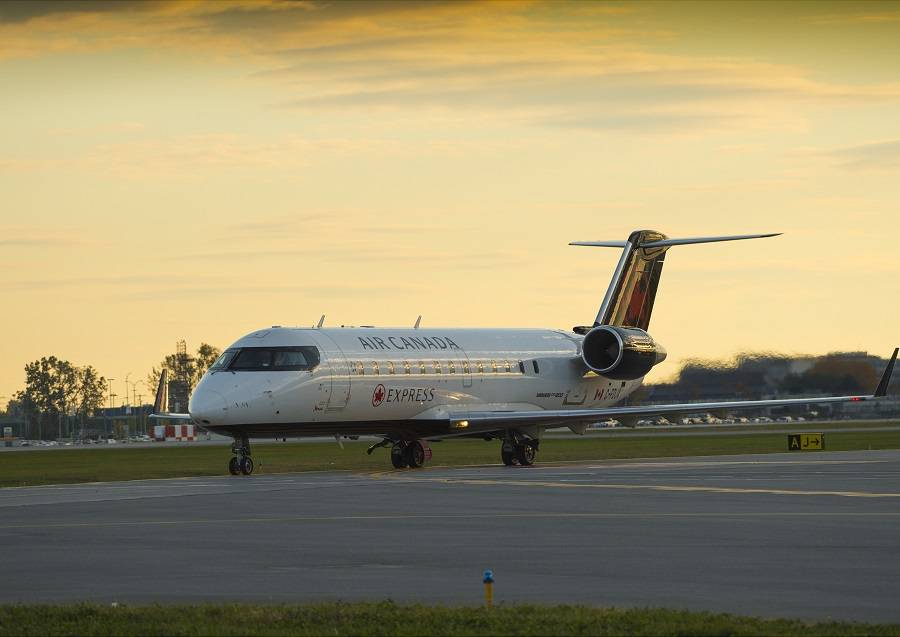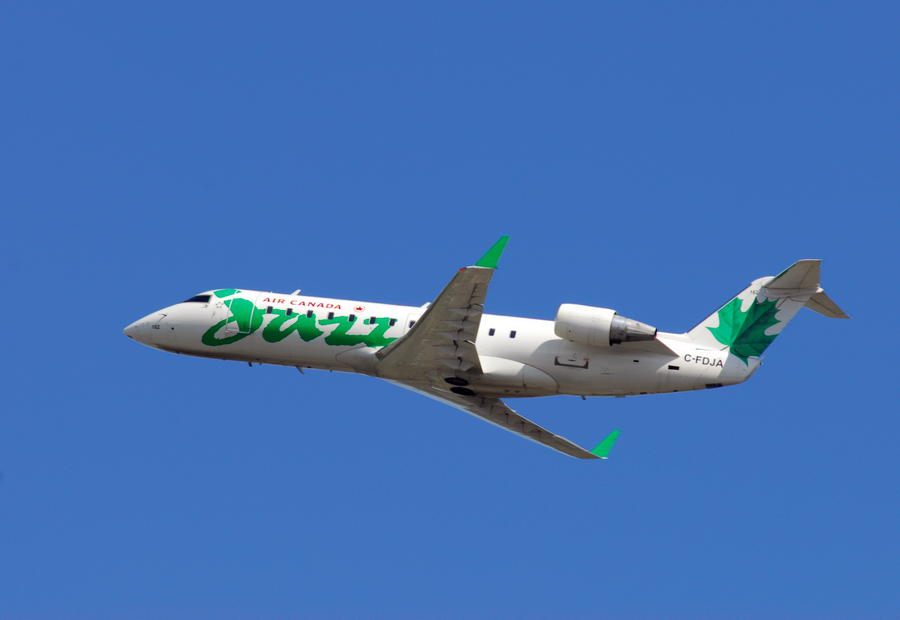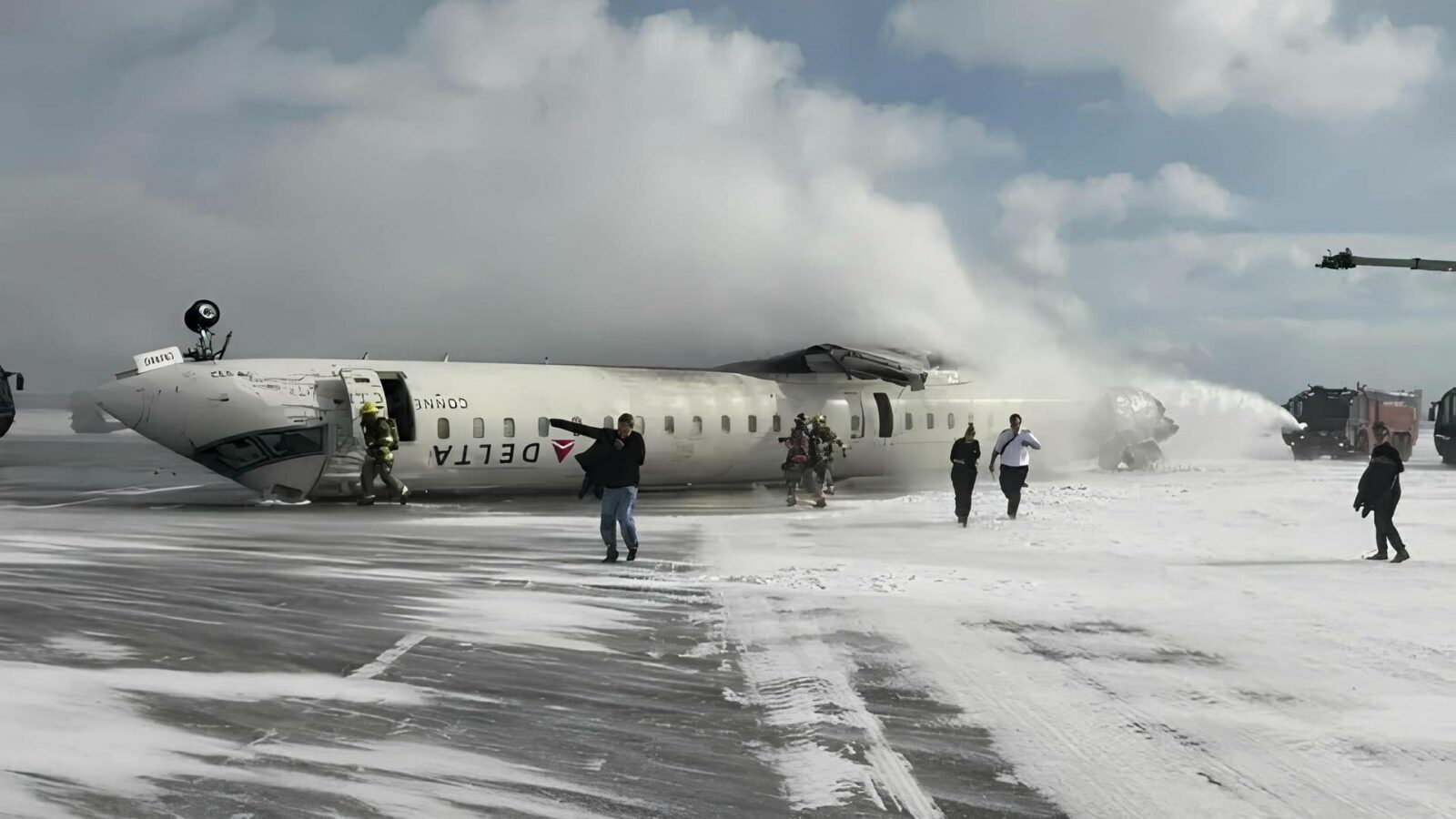The crew of an Air Canada Express CRJ-200 had to declare PAN-PAN when one engine’s thrust reverser deployed in flight. They landed safely.

Thrust reversers unlocking in flight can be quite dangerous for airliners. All aircraft have to incorporate measures to mitigate the effects of such an event – and other measures to ensure that it can’t happen, if possible. For aircraft with underwing engines, a deploying reverser can affect the amount of lift that the wing produces.
That’s in addition to the enormous drag that the thrust reverser generates. A deploying thrust reverser in an aircraft with rear-mounted engines, like the CRJ-200, doesn’t affect the wing. But it can still be very dangerous. At the very least, it “robs” the aircraft’s crew from the use of that engine. Aircraft throttle systems are designed to roll back to idle thrust if such a thing happens.

The Air Canada Express CRJ-200 Thrust Reverser Incident
This particular incident happened on Friday the 3rd of June this year. It involved flight AC-8837 (QK-8837), departing from Raleigh-Durham International (KRDU) in North Carolina, USA. Its destination was Toronto Pearson International (CYYZ) in Ontario, Canada. We don’t know how many people were on board the CRJ-200 during this thrust reverser deployment incident.
The flight departed from Raleigh-Durham uneventfully, using runway 23R. The crew then climbed to FL310 for the cruise portion of the flight. The CRJ-200 was most of the way home, about 150 nautical miles from Toronto, when the crew got a right-hand engine “Thrust Reverser Unlocked” caution.

The Air Canada Express (Jazz Air) crew worked through the relevant checklist. It directed them to shut down the right engine and drift down to a lower altitude. But after declaring PAN-PAN, the crew then decided to continue to Toronto. They were not far from their top of descent for Toronto, which likely influenced their decision.
With their thrust reverser issue dealt with, the CRJ-200 crew made a safe landing on Toronto’s runway 23. The aircraft returned to regular service the next day. This is a CRJ-200ER (CL-600-2B19), with tail number C-FDJA. It is nearly 18 years old and has been flying in various Air Canada colours since new. Air Canada Express has 15 of these aircraft in service today.



